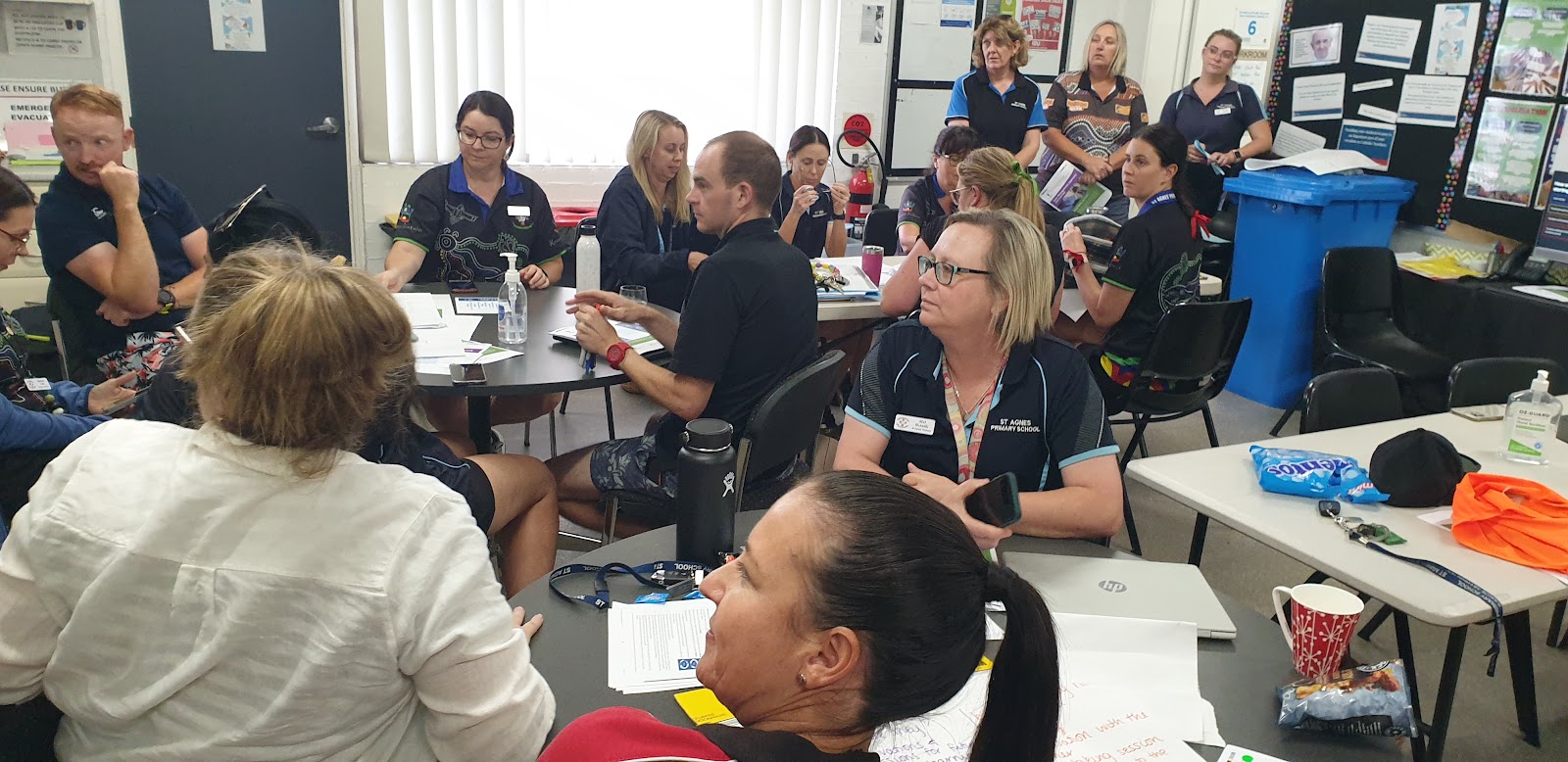The Assessment Waterfall Chart
The learning Collaborative team engaged with learning around the Assessment Waterfall Chart. We begun by analyzing the purpose of assessment.
The learning focused on how every meeting should start with data and ensuring our instructional strategies move students to learning the deeper, broader concepts that sit beyond the context of the activity.
We also contemplated how learners best learn and how this might influence us as teachers of students and each other as professionals.
The Assessment Waterfall Chart directly connected to the 5 Questions we ask with Learning Walks and Talks. If students are able to answer the questions then the Waterfall chart is evident. As a Learning Collaborative we discussed the importance of unpacking each section so that our students can become assessment capable learners (an effect size of 1.44).
With staff we shared how The Assessment Waterfall Chart depicts all of the components of assessment as and for learning, NO amount of instruction will work unless it is informed by transparent teacher and student self assessment practices. These practices must ALL be present in every classroom to make a difference for each students learning growth and achievement. We need CLARITY in understanding that the components all weave together to form robust classroom practice.
Staff were asked to read Principles of data walls from book (page 231) with the intention to provide clarity around the purpose of a data wall in this work and to further reinforce how it differs from our previous practices.
Teachers then engaged in a short Data Activity. They had to Plot 5 children from any lesson in any KLA. Teachers could use any template/data source of their choice (such as the Venn diagram or above the line/below the line or WA, WT and WB). The purpose of this activity was for staff to dabble in data to inform instruction and discuss what they would do with the information gathered. We shared a video where Lyn directly discuss the Guided table to teach students in a different way, not longer and louder to support this work. The school has recently bought these tables for every classroom.







Comments
Post a Comment